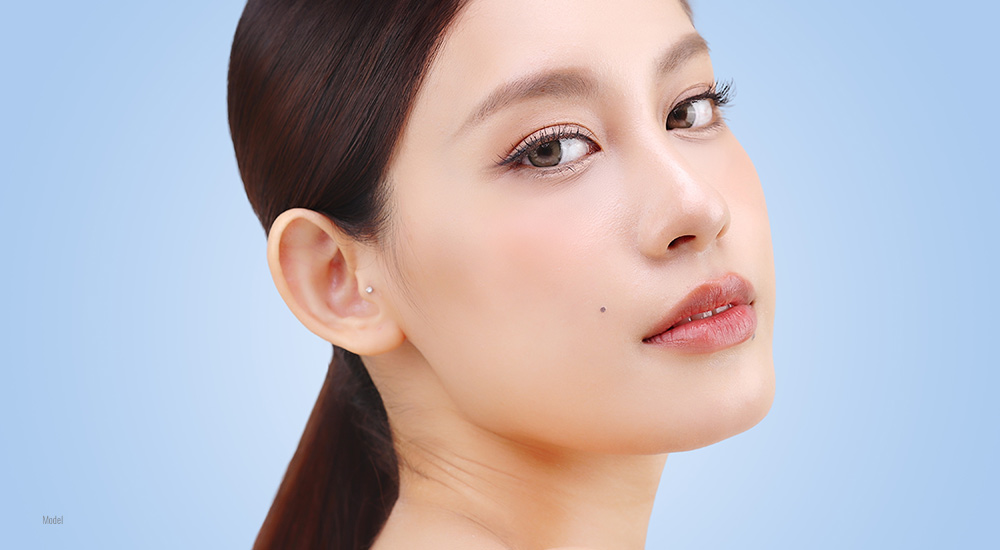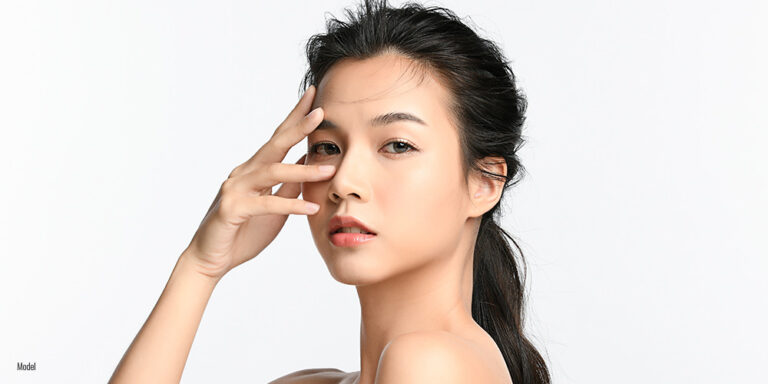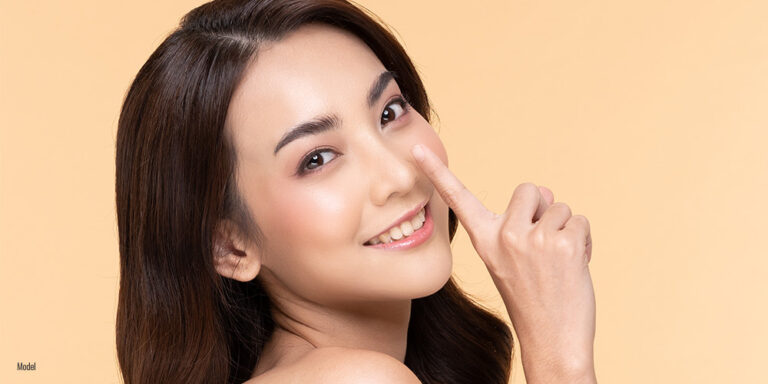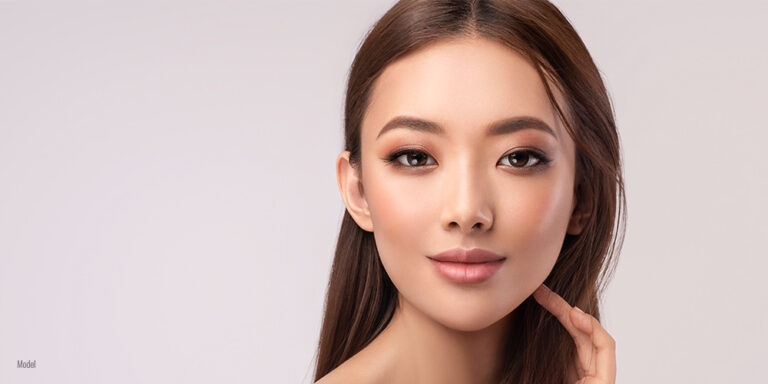Asian rhinoplasty is a plastic surgery specialty tailored to individuals of Asian descent seeking aesthetic changes to their nasal profile. This enhancement is typically achieved by building up the nasal bridge and refining the tip of the nose while preserving ethnic characteristics. While silicone implants have been widely used for augmentation and structural support in the past, there has been a growing preference for rib grafts, particularly in Asian rhinoplasty. This blog explores why rib grafts are superior to silicone implants and the benefits, challenges, and results associated with both options.
4 Min Read:
Understanding Asian Rhinoplasty
Also known as augmentation rhinoplasty, Asian rhinoplasty often involves increasing the height of the nasal bridge, in contrast to Western rhinoplasty, which frequently focuses on reducing the size of the nose. The distinct structural and aesthetic goals in Asian rhinoplasty, such as preserving ethnic characteristics and achieving a natural look, require careful consideration of the materials used.
Advantages of Rib Grafts Over Silicone Implants
Potential Drawbacks of Synthetic Implants
- Implant rejection
- Infection
- Displacement
- Unnatural appearance
Natural Compatibility of Rib Grafts
Rib cartilage, harvested from the patient’s own body, seamlessly integrates without the risk of rejection. This natural compatibility significantly reduces the risk of significant complications, including infection or extrusion, which are potential issues with synthetic materials like silicone. This reassures you of the safety and effectiveness of the procedure.
Structural Integrity and Strength
Rib cartilage provides optimal structural support because of its strength and durability, which is crucial for achieving the desired contour and long-term results, especially in Asian rhinoplasty.
Aesthetic Benefits
Rib cartilage provides a more natural look and feel, ensuring harmony with the patient’s other facial features.
Rib Grafts Versus Other Natural Tissue Grafts
Rib cartilage is often preferred to ear cartilage and septal cartilage grafts in Asian rhinoplasty for several reasons. Its versatility allows it to be used in various parts of the nose, including the bridge, tip, and septum, making it an ideal choice for comprehensive nasal augmentation.
Donated rib cartilage is used in certain cases. This is tissue obtained from a cadaver rib and carefully processed to reduce the risk of transmission of pathogens. Although this donated cartilage is sometimes used, there is a higher risk of resorption (dissolving over time), as well as warping. It is considered a second choice to using your own living rib cartilage.
Ear Cartilage
While ear cartilage is a good option for minor nasal tip refinement, it lacks the strength and quantity needed for significant augmentation. Rib cartilage provides greater strength and stability, making it more suitable for Asian rhinoplasty.
Rib cartilage also has a lower risk of resorption (a process where the body gradually absorbs the graft material) than ear cartilage, ensuring more predictable and long-lasting results.
Septal Cartilage
Septal cartilage is routinely used in standard rhinoplasty. However, its supply is limited. Rib cartilage offers a more abundant and versatile option, allowing for more substantial nasal augmentation.
Other benefits of using rib grafts include:
- Customizable Procedure: Rib cartilage can be precisely shaped to meet the anatomical and aesthetic needs of Asian rhinoplasty patients. This level of customization is more challenging with ear or septal cartilage, which are smaller and more limited in their applicability.
- Long-Lasting Rhinoplasty Results: The strength of rib cartilage ensures that the nasal augmentation results are long-lasting. Unlike ear or septal cartilage, which might be more pliable, rib cartilage maintains its shape and structural integrity over time. This durability instills confidence in the long-term success of the procedure.
Patient Satisfaction When Using Rib Grafts
Studies indicate higher satisfaction rates with rib grafts than with silicone implants. Patients appreciate the natural appearance, reduced risk of complications, and long-term stability offered by rib grafts. This optimism about the potential outcome can help you feel more confident in your decision.
Choosing Your Asian Rhinoplasty Surgeon
Harvesting and shaping rib cartilage requires a high level of surgical skill and experience. The procedure involves making a small incision in the breast to access the rib cartilage, which is then carefully shaped and used for nasal augmentation. This process is performed with utmost care and precision to ensure the best possible results. Therefore, it is essential to choose a board-certified plastic surgeon with extensive surgical expertise and experience in Asian rhinoplasty using rib cartilage grafts.
Your Beverly Hills, California, Asian Rhinoplasty Expert
Surgeons specializing in nasal augmentation don’t come more qualified than board-certified plastic surgeon and Beverly Hills Asian rhinoplasty specialist, Dr. Charles S. Lee. With his extensive experience and expertise using natural tissues, meticulous shaping of rib cartilage, ability to deliver natural-looking results, and commitment to minimizing pain with a 72-hour nerve block, Dr. Lee is your best choice for Asian Rhinoplasty. Call (310) 271-5954 to schedule your consultation.
Please see Dr. Lee’s Asian rhinoplasty before and after photos here.







